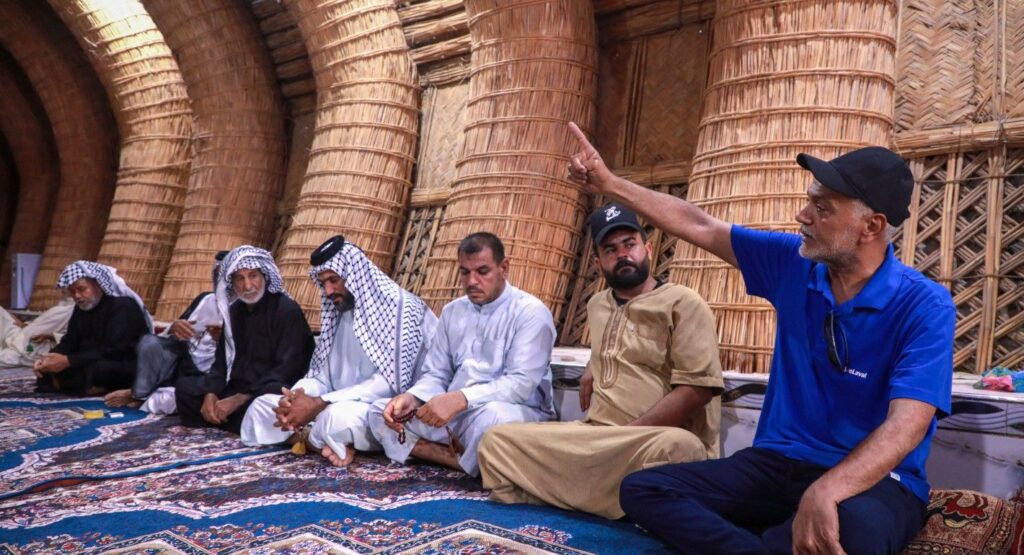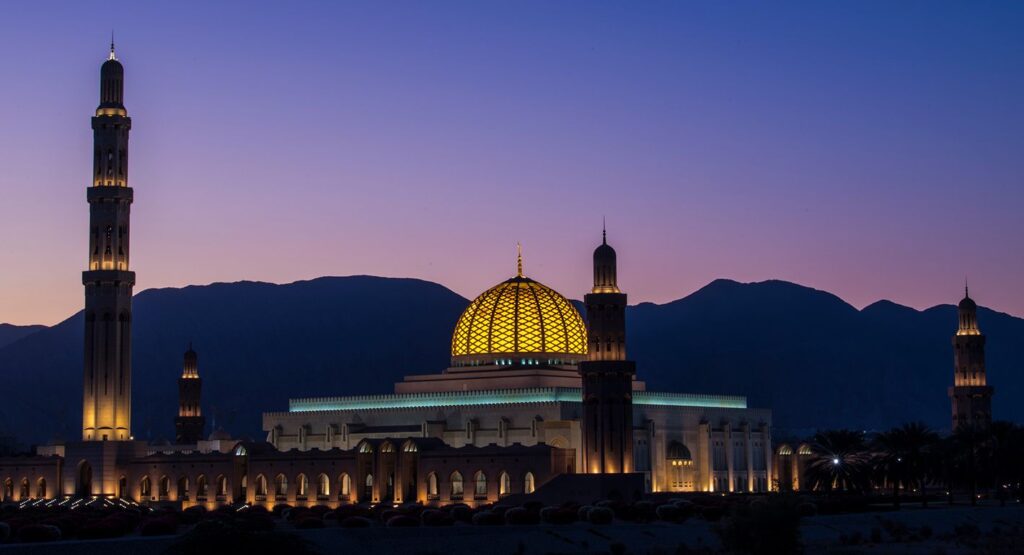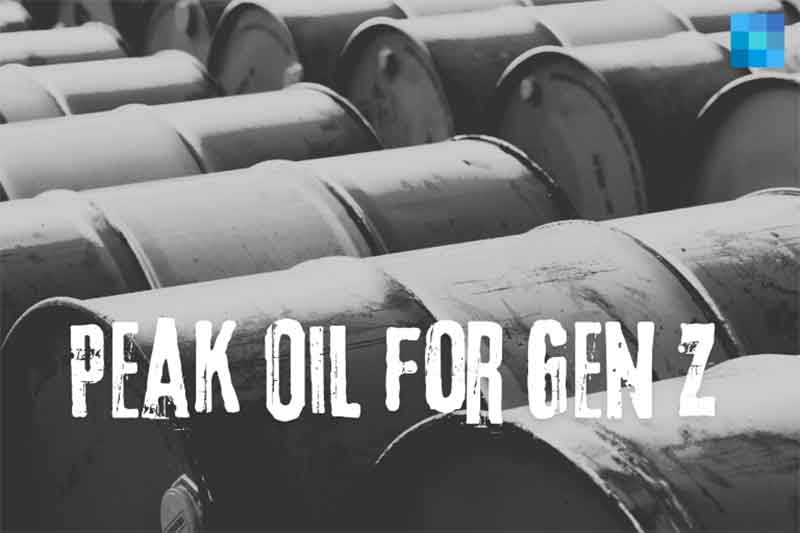Playing for Time: Pressure Mounts on Hungary, Slovakia to Cut Russian Energy Ties

The EU’s latest proposed sanctions against Russia did not, as anticipated, include additional steps to halt pipeline imports of Russian oil and natural gas. However, the intransigence of Hungary and Slovakia over the issue is looking increasingly untenable.








